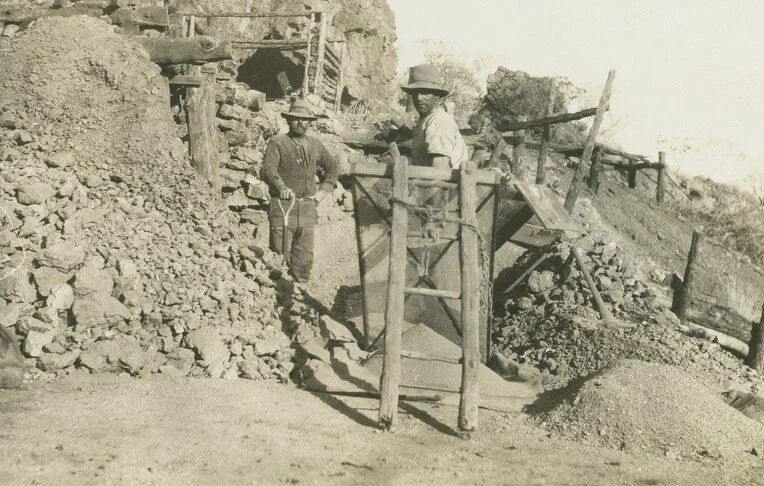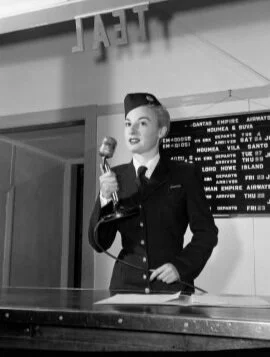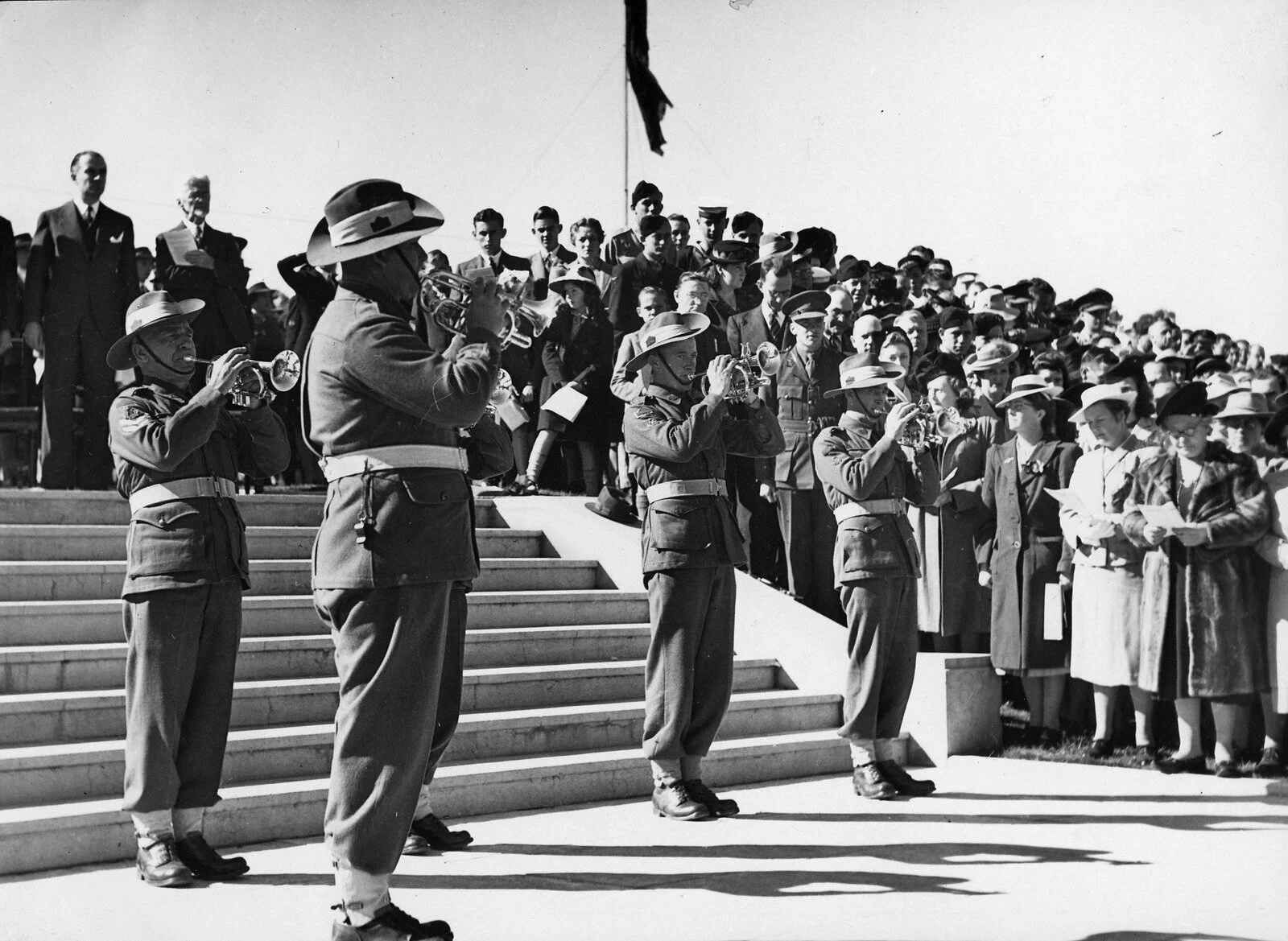Hiroshima and Nagasaki: 75th anniversary of atomic bombings
It is 75 years since the United States Army Air Force dropped atomic bombs on the Japanese cities of Hiroshima and Nagasaki on 6 and 9 August.
The recorded death tolls are estimates, but it is thought that about 140,000 of Hiroshima's 350,000 population were killed in the blast, and that at least 74,000 people died in Nagasaki. The nuclear radiation released by the bombs caused thousands more people to die from radiation sickness in the weeks, months and years that followed. The exact number of dead can never be known.
The bombing of the two cities prompted the Japanese to surrender on August 15, 1945. This brought the Second World War to an end and marked the start of the nuclear age. After the bombings, the world lived with the ever-present threat of the Cold War erupting into Mutual Assured Destruction (MAD), a threat that has continued into our present times.
Historians have long debated whether the Allied Powers were justified in using the atomic bomb in Japan. There are no simple answers to this question. It is clear though what needs to be remembered is the hell that was unleashed upon Hiroshima and Nagasaki in August 1945.
Canberra remembers
Australians in Hiroshima, 1946
In March 1946, Australia was assigned to Hiroshima and the surrounding area as part of the British Commonwealth Occupation Force (BCOF), whose mission was to demilitarise and democratise Japan. Phebe Bowden of the Australian War Memorial writes here about the Australians’ experiences in Hiroshima.
Canberra Nara Peace Park
In 1999 the Canberra Nara Peace Park was opened. The gardens were a gift from the people of Nara to the people of Canberra and celebrate the sister city link between Canberra, Australia’s modern capital, and Nara, Japan’s ancient capital. ArchivesACT holds records which shows the connection between the sister city agreement with Nara and the later construction and opening of the Canberra Nara Peace Park. You can read about this here.
Sir Mark Oliphant
Sir Mark Oliphant (1901-2000) played a significant role in the establishment of the Manhattan Project and the development of the atomic bomb. After the war though he was only interested in finding peaceful uses for atomic power. He was also central to the establishment of the Australian National University in 1946. The only member of the Academic Advisory Committee who took up the offer to head up a research school at the new university. You can read about his life here. Also the recent book The Basis of Everything : Rutherford, Oliphant and the Coming of the Atomic Bomb by Andrew Ramsey covers Oliphant and Ernest Rutherford’s partnership and their pioneering research which led to the nuclear age.
The search for uranium U325
Capital history here author Rohan Goyne has researched Australia’s lesser known involvement with the development of the atomic bomb. He found that this included taking samples of uranium U325 from the Mount Painter mine in South Australia and testing them in Canberra to see if this mine could provide the raw material required for nuclear weapons. This story is included in Rohan’s E-book The Race for the Atomic Bomb - Untold Stories.
Acknowledgement: The image above is of miners outside of the Mount Painter mine, South Australia in about 1925. Samples of uranium U325 were taken from the mine and tested in Canberra to see if this mine could provide the raw material for the atomic bombs the Allied Powers were developing. The image comes from the State Library of South Australia. Full details here.
Please share. Lets get the past and present talking.




